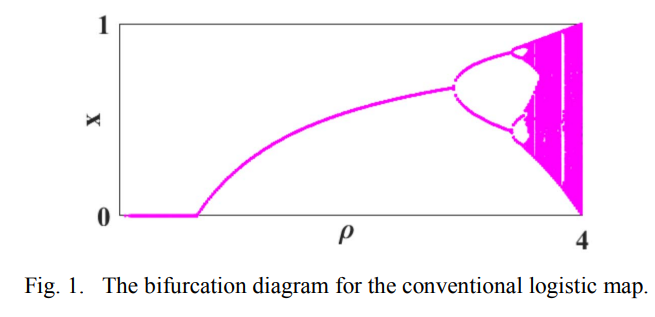
Dynamics of fractional and double-humped logistic maps versus the conventional one
This paper presents the dynamic analysis of two discrete logistic chaotic maps versus the conventional map. The first map is the fractional logistic map with the extra degrees of freedom provided by the added number of variables. It has two more variables over the conventional one. The second map is the double-humped logistic map. It is a fourth-order map which increases the non-linearity over the conventional one. The dynamics of the three maps are discussed in details, including mathematical derivations of fixed points, stability analysis, bifurcation diagrams and the study of their chaotic
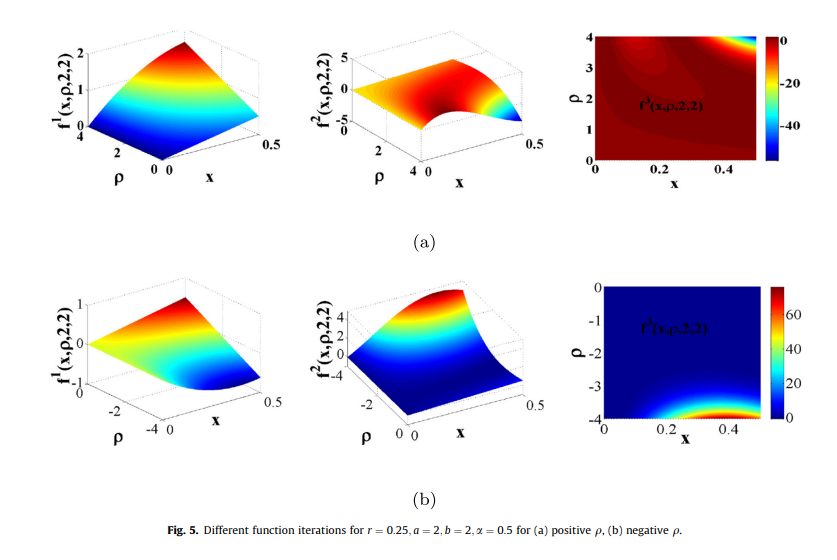
Generalized fractional logistic map encryption system based on FPGA
This paper introduces the design of a generalized fractional order logistic map suitable for pseudorandom number key generators and its application in an encryption system based on FPGA. The map is generalized through two parameters (a,b) where complete analysis of their effect on the map is detailed, which gives more control on the map chaotic regions. The vertical map and the zooming map presented in this paper are two special maps extracted from the generalized map with their detailed analysis. Not only the positive bifurcation, but also the negative side is discussed through this paper
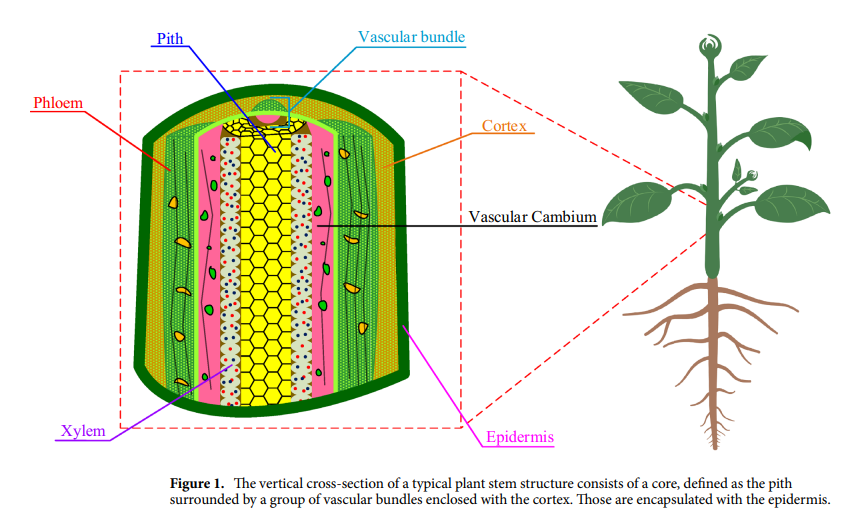
Plant stem tissue modeling and parameter identification using metaheuristic optimization algorithms
Bio-impedance non-invasive measurement techniques usage is rapidly increasing in the agriculture industry. These measured impedance variations reflect tacit biochemical and biophysical changes of living and non-living tissues. Bio-impedance circuit modeling is an effective solution used in biology and medicine to fit the measured impedance. This paper proposes two new fractional-order bio-impedance plant stem models. These new models are compared with three commonly used bio-impedance fractional-order circuit models in plant modeling (Cole, Double Cole, and Fractional-order Double-shell). The
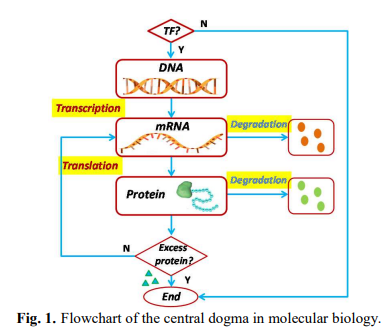
Fractional-Order Generalized Gene Regulation Model CCII-Based Practical Emulator
This paper presents a practical emulator of a generalised fractional-order model for gene regulation process, in an analog platform. The presented emulator is based on the second-generation current conveyor (CCII) and implemented using AD844 chips. The emulator realises a proposed generalised mathematical model for gene expression. The model sums up three different single models; the constitutive gene model, the induced gene expression under the effect of activators and repressors models. The generalised model is based on fractional-order differential equations where the concentration of the
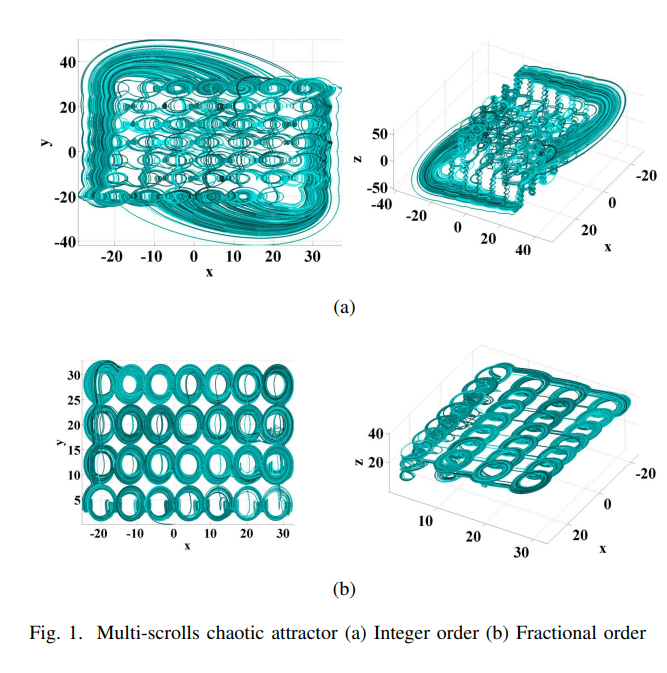
Generic Hardware of Fractional Order Multi-Scrolls Chaotic Generator Based on FPGA
Exploring the implementation of fractional calculus is essential to be adequately used in several applications. This paper introduces an FPGA design methodology of fractional order multi-scrolls chaotic system. Hardware resources comparison proves the efficiency of the proposed method. The designs are simulated using Xilinx ISE 14.7 and realized on FPGA Xilinx Artix 7. Different interesting attractors are realized under various parametric changes with distinct step sizes for different fractional-orders. To verify the proposed fractional order multi-scrolls chaotic system on FPGA, experimental
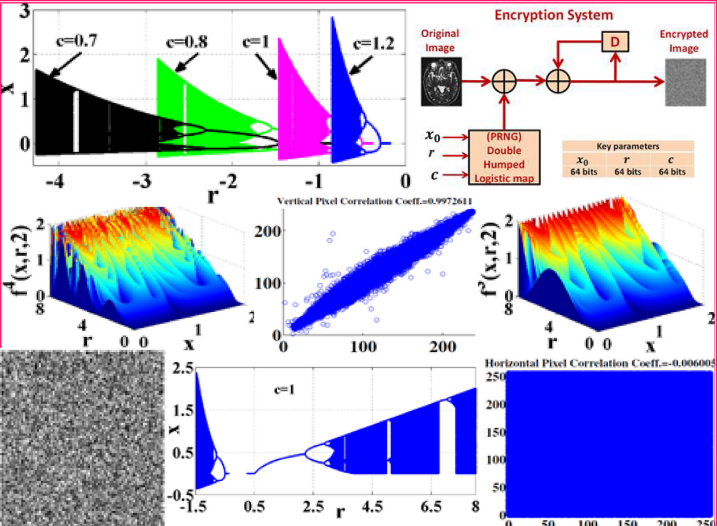
Generalized double-humped logistic map-based medical image encryption
This paper presents the design of the generalized Double Humped (DH) logistic map, used for pseudo-random number key generation (PRNG). The generalized parameter added to the map provides more control on the map chaotic range. A new special map with a zooming effect of the bifurcation diagram is obtained by manipulating the generalization parameter value. The dynamic behavior of the generalized map is analyzed, including the study of the fixed points and stability ranges, Lyapunov exponent, and the complete bifurcation diagram. The option of designing any specific map is made possible through
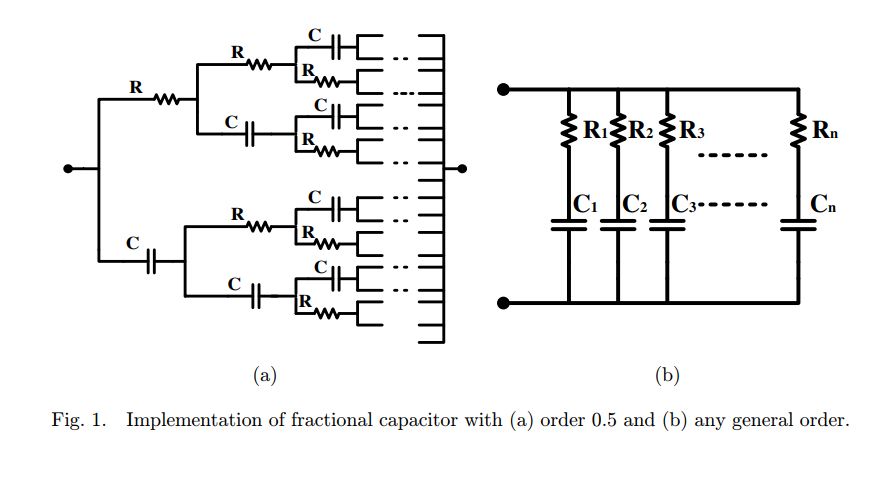
Three Fractional-Order-Capacitors-Based Oscillators with Controllable Phase and Frequency
This paper presents a generalization of six well-known quadrature third-order oscillators into the fractional-order domain. The generalization process involves replacement of three integer-order capacitors with fractional-order ones. The employment of fractional-order capacitors allows a complete tunability of oscillator frequency and phase. The presented oscillators are implemented with three active building blocks which are op-Amp, current feedback operational amplifier (CFOA) and second generation current conveyor (CCII). The general state matrix, oscillation frequency and condition are
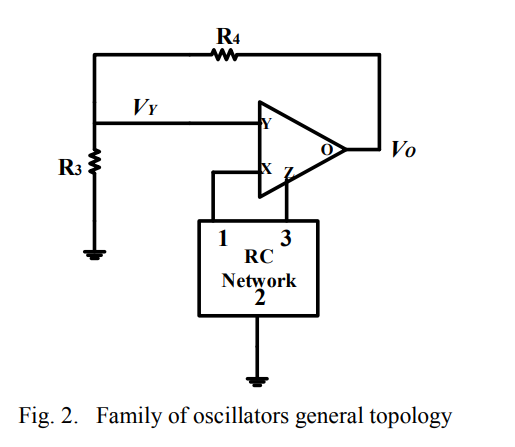
Generalized family of fractional-order oscillators based on single CFOA and RC network
This paper presents a generalized family of fractional-order oscillators based on single CFOA and RC network. Five RC networks are investigated with their general state matrix, and design equations. The general oscillation frequency, condition and the phase difference between the oscillatory outputs are introduced in terms of the fractional order parameters. They add extra degrees of freedom which in turn increase the design flexibility and controllability that is proved numerically. Spice simulations are introduced to validate the theoretical findings. © 2017 IEEE.

A novel image encryption system merging fractional-order edge detection and generalized chaotic maps
This paper presents a novel lossless image encryption algorithm based on edge detection and generalized chaotic maps for key generation. Generalized chaotic maps, including the fractional-order, the delayed, and the Double-Humped logistic maps, are used to design the pseudo-random number key generator. The generalization parameters add extra degrees of freedom to the system and increase the keyspace achieving more secure keys. Fractional order edge detection filters exhibited better noise robustness than the conventional integer-order ones, rendering the system to be suitable for medical

A Scalable Firmware-Over-The-Air Architecture suitable for Industrial IoT Applications
This paper proposes a reliable and scalable architecture for firmware-over-the-air updates, which provides remote cloud real-time distribution of new firmware versions on industrial machines in an efficient simultaneous manner. The architecture comprises remotely interconnected software and hardware systems for handling the procedures of firmware distribution over a wireless network. The main contributions are developing a special boot-loader for ARM micro-controllers and an Android application for performing FOTA updates. A simulation is performed using Web and Android applications showing
Pagination
- Previous page ‹‹
- Page 45
- Next page ››
